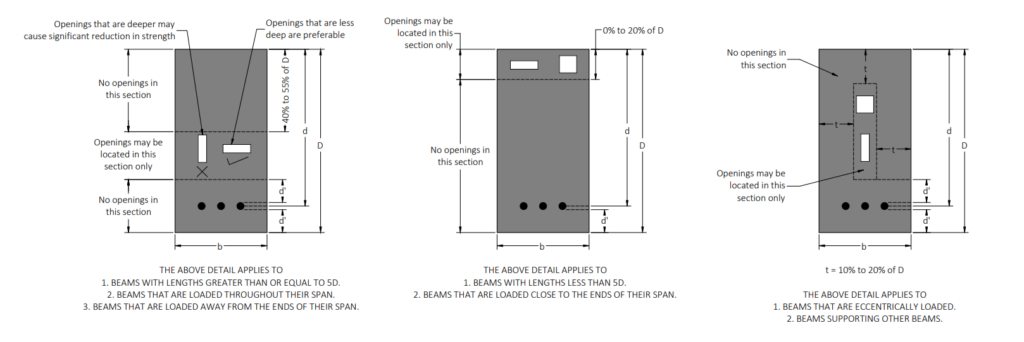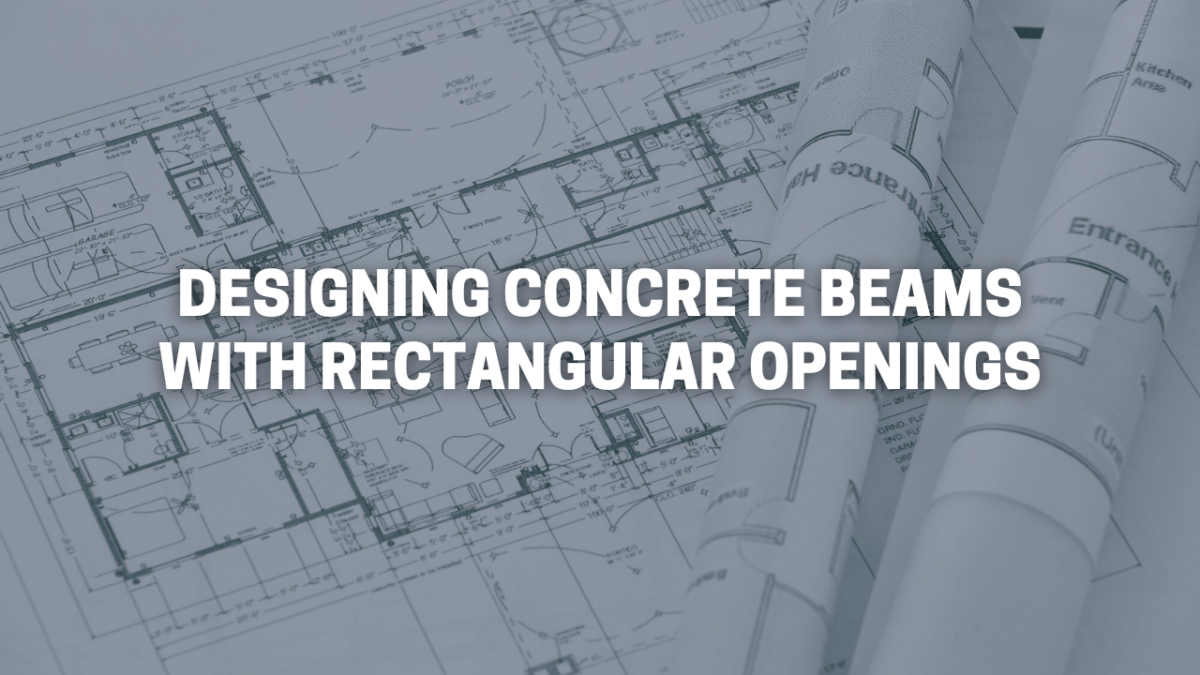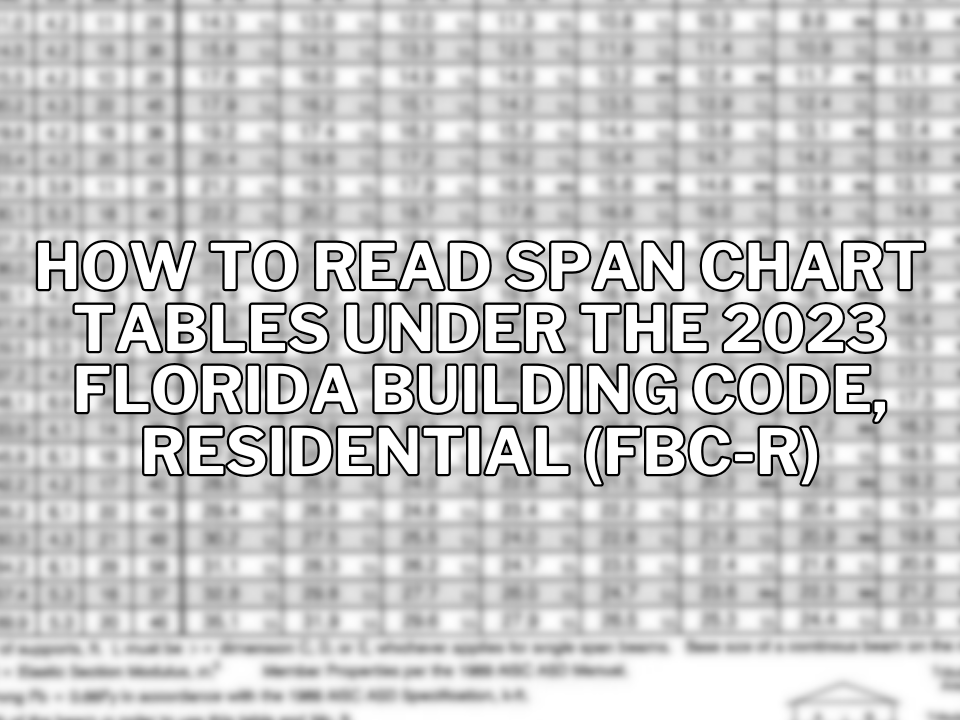Engineering Considerations and Best Practices
The provision of rectangular openings within concrete beams has gained prominence in contemporary construction due to the demand for adaptable and efficient architectural designs. However, the realization of such designs demands meticulous adherence to engineering principles to ensure structural robustness and safety. This article discusses the various factors that go into designing concrete beams with rectangular openings, exploring engineering considerations, requisite reinforcement methodologies, and the critical determination of the maximum allowable opening size relative to beam width and depth.
Engineering Considerations:
A rigorous structural analysis is required for the incorporation of rectangular openings into concrete beams. This involves a comprehensive evaluation of load-bearing capacities under diverse load conditions. Analysis can be carried out using rational methods or finite element analysis software such as ANSYS and SAP2000.
While it is always prudent to consult an engineer in order to decide the specifications of an opening in a concrete beam, the following rules of thumb may be safely followed for typical beam configurations and loading cases:

Notes:
- All numerical values notes in the above detail have been calculated for certain common configurations of singly reinforced concrete beams with f’c = 3000 psi and fy = 60000 psi.
- All beams are assumed to have maximum permissible reinforcement per ACI 318.
- d’ refers to the clear cover to rebar and may be determined using ACI 318 Table 20.6.1.3.1.
- The above details are to be used for preliminary estimation only. They cannot be used for a site-specific project without the sign and seal of a professional engineer.
Additional Considerations:
Reinforcement around Openings: The concentrated stresses at the corners of rectangular openings necessitate additional reinforcement surrounding the opening perimeter. Closed stirrups or ties are commonly employed to distribute stresses and forestall crack formation. Engineering analysis is required to determine the size and extent of the reinforcement
Code Requirements: ACI 318 and local building codes (IBC, FBC etc.) dictate the procedure that needs to be followed for a beam analysis. For beams with openings, the reduced strength and shear capacity is considered based on the beam size and the shape of the opening. Certain scholarly articles such as Design Procedure for Reinforced Concrete Beams with Large Web Openings, by; Tan & Mansur published in ACI journals demonstrate a detailed approach to
such design.
Testing: If feasible, physical testing is advisable to validate the proposed design featuring rectangular openings. This entails assessing the beam’s behavior under diverse loading conditions and affirming the efficacy of the selected reinforcement strategy in mitigating stress concentrations.
Recommendations
- The analysis of a beam must be carried out after all expected openings are factored in, as opposed to adding an opening in a previously designed beam.
- The complete mechanical, electrical and plumbing layout should be available to the engineer, so that they can decide the most economical and structurally viable design for a beam with duct penetration.
- Since there is no one-shoe-fits-all, the openings are to be site-specific and must engineered for each project separately. Usually, beam designs from one project cannot be used in another unless thorough analysis is performed.
At Florida Engineering, we specialize in the design of Concrete Beams with Rectangular Openings. With our wealth of highly qualified and experienced engineers, we work towards providing you with the most.
economical structures that are structurally sound and code compliant. For a free quote, email us at contact@fleng.com or call 941-391-5980.








